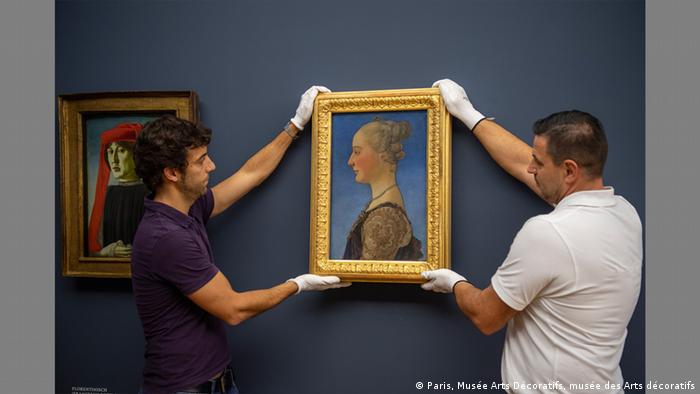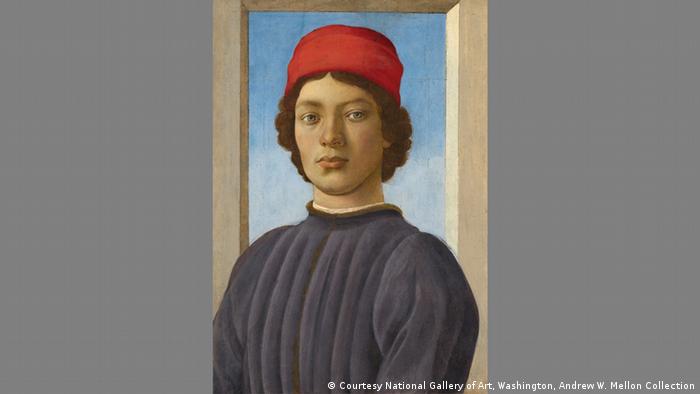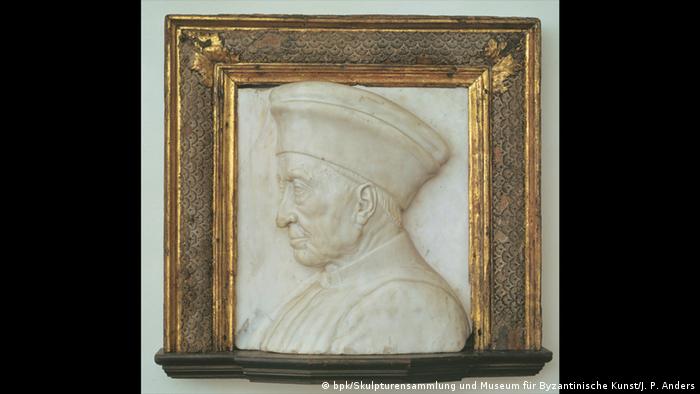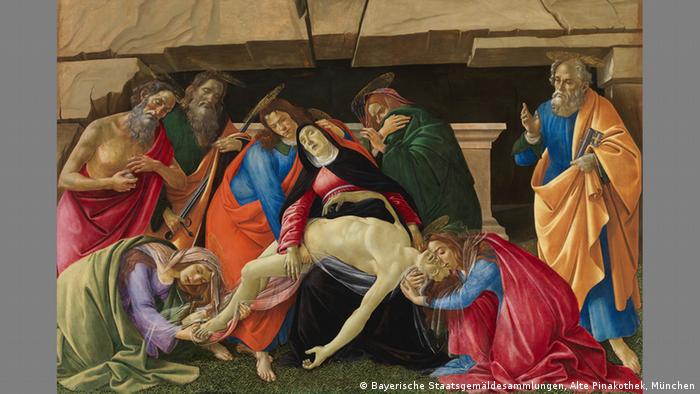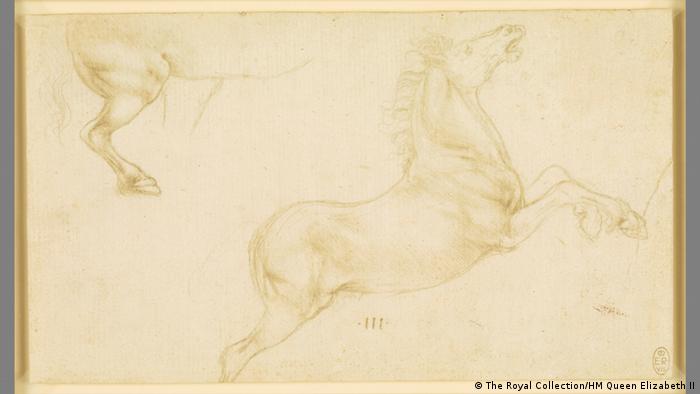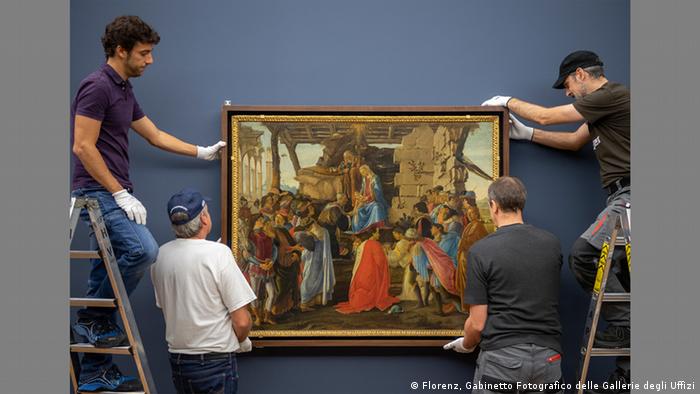Florence was 15. Century, the center of modern art. The money aristocracy had portraits and paintings in order. An exhibition in the Alte Pinakothek shows how the painter benefited from them.
A woman looks out of the picture the viewer directly, in the Italian painting until the middle of the 15. Century frowned upon completely. Modestly and demurely, the most noble ladies showed not more than your profile.
A frontal view of how the art world saw later with the famous “Mona Lisa” by Leonardo da Vinci, was at this time unthinkable. Sandro Botticelli was the first Florentine painter to paint it dared to be a female figure with the glance to the viewer.
Painting as a business card
The panel painting was reserved in the middle ages religious motives. Only in the middle of the 15th century. Century, the wealthy Florentine citizens and politically influential dynasties discovered, such as the banker family, the Medici, the portrait as an Instrument of their strategic marriage policy. An artistically valuable painting was a good card, to be in competing families with marriageable daughters.
Series production in large workshops
In Florence, artists were organized in large workshops. For the many portrait commissions that have been supplied with appropriate, often gilded frames, were different craftsmen needed.
Leonardo da Vinci worked initially as a young painter in the workshop of Andrea del Verrocchio. The city of Verrocchio earned as a sculptor, a lot of money for sculptures for palaces and churches, and was well connected in the political caste of Florence.
Also, Sandro Botticelli, Francesco Botticini and Biagio d’Antonio worked with Verrocchio, the most talented painter, sculptor, and Frame Builder of his time, employed a very business-minded.
From the workshop series were expensive portrait paintings, a financial gold mine for Verrocchio. The Nouveau riche noble families of Florence, cracks to dates for portrait sessions at the soon to be nationally known painters, who produced such representative paintings well-versed in the series.
Art gallery displays 120 masterpieces
The functioning and ideas of the artists of this time were alongside their own artistic ambitions, is at the heart of the current exhibition in the Alte Pinakothek in Munich. “Florence and its painter. From Giotto to Leonardo da Vinci” is the name of the title, behind the one of the most important chapters of European art history.
120 masterpieces of painting and sculpture, and drawings from the same Florentine era, compiled by the curator, Andreas Schumacher and his Team. Revealing is documented in the exhibition, such as individual paintings are created in the Florentine workshops. An aspect that the creators of the exhibition as an art historical Background is very important.
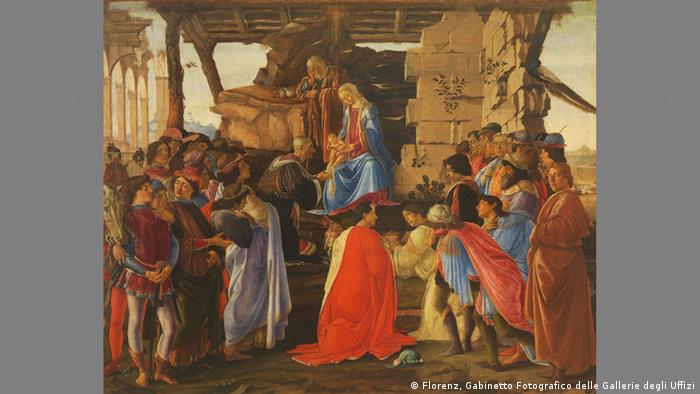
The finest Oil painting: “adoration of the Magi” by Botticelli (1475)
Valuable loans from all over the world
Many of the famous paintings are collections of precious items on loan from international museums and art: from New York, Washington, Vienna, Florence and Berlin. But it is also valuable holdings of the Bavarian collections of paintings, which Ludwig I. of Bavaria in the 19th century. Century, has collected, are to be seen in the exhibition. Some freshly restored, and to discover new for visitors.
Florence: time of change
In the middle of the 15. Century, around the year 1470 around, made in the art metropolis of Florence is a train-breaking transition. The whole city was one big construction site, in every corner of splendour were built full of palaces, the changing powerful and representative of the city image. At that time, the Florence, what we can admire today, as a tourist.
The noble dynasties and banker families of Florence were mainly due to the cloth trade, and a daring financial transactions rich. Its private residences were filled with paintings, sculptures, and precious painted furniture – as a sign of their immense wealth.
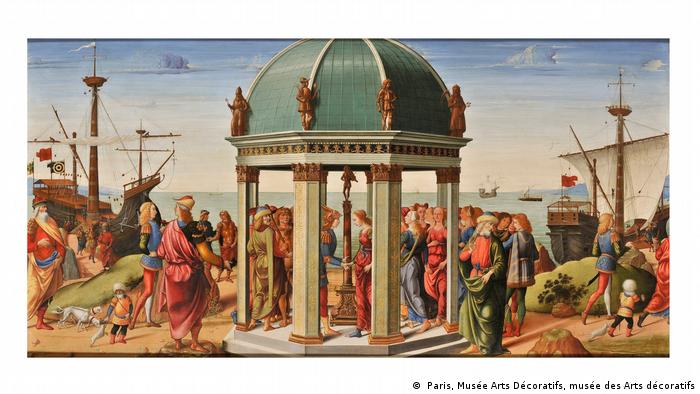
Decorative: “betrothal of Jason and Medea” by Biagio d’antonio (1487)
The medieval-religious humility had long since given way to a worldly Ostentation. Rather than give generously to the Church, invested the wealthy citizens of Florence their money, rather in her private palaces, with decorative art.
Import from the Netherlands
The artists ‘ workshops in Florence, was: they deserved well of the lucrative contracts of the money nobility. Over 50 painters ‘ workshops existed at that time in Florence. The spectacular art of the orders of the Medici carried on the competing competition among the artists is enormous. In addition, imported oil Painting from the Netherlands that were made in an entirely new technique of painting vibrant, the business of commissioned art.
New artistic freedoms
Leonardo da Vinci and his Italian painter colleagues studied with great interest and admiration the novel materials of the Dutch masters. With his ideas of the naturalist, designer and artist was ahead of da Vinci of his time anyway. The naturalistic painting technique, he took over immediately.
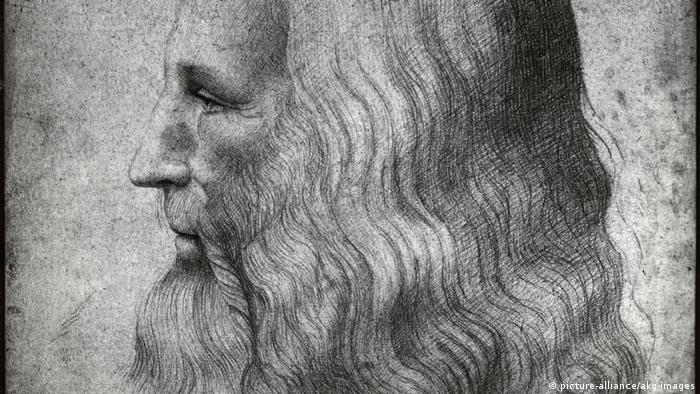
Genius and artist: Leonardo da Vinci (self-portrait)
But with the new craft Knowledge, he was able to implement it as it might be in his mind. The fine, true-to-life facial features of the portrayed and also the wrinkles rich robes were in previously unprecedented perfection paint.
So far, the Florentine painter in the medieval Tradition of Egg painting-Tempera. The oil Paints from the Netherlands enabled smoother Transitions, increased shades of the color nuances and thus new forms of artistic expression.
In this socio-political atmosphere created in the Florence of the Medici unique masterpieces which made Florence the centre of the modern art. The exhibition in Munich this time of change vividly present.
The exhibition “Florence and its painter. From Giotto to Leonardo da Vinci” in the Alte Pinakothek until 27. To see January 2019 in Munich. The catalogue is published in German and English language in the Hirmer Verlag.
